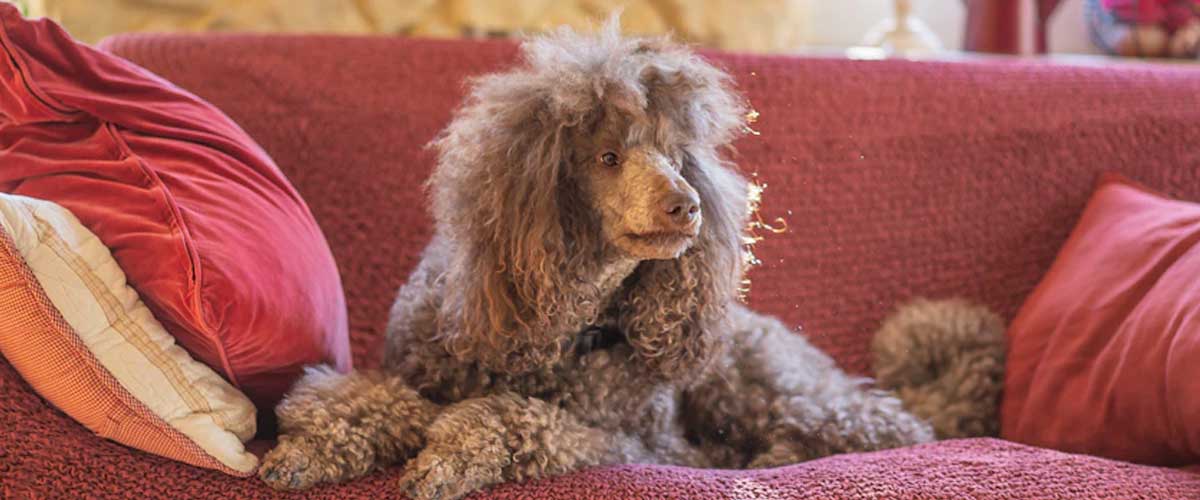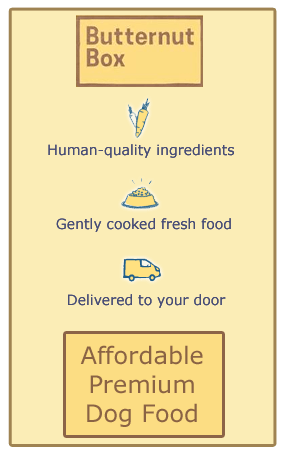Bringing a new furry friend into your home is an exciting adventure that promises joy, love, and companionship.
However, for both you and your pet, the transition can sometimes feel overwhelming.
One of the most effective ways to establish a sense of stability and comfort for your new pet is by creating a structured daily routine.
This not only benefits the pet but also fosters family bonding as everyone plays a role in ensuring a harmonious household.
Understanding the Power of Routine
Animals thrive on consistency.
A well-structured routine can help your new pet, whether a dog, cat, or even a rabbit, feel secure in their new environment.
Routines help reduce anxiety and behavioral issues, as pets come to understand what to expect throughout the day.
For instance, knowing when it’s time for walks, meals, and playtime can help your furry friend adjust more swiftly to their new life.
Involving the Entire Family
Engaging the whole family in the pet care routine not only eases the burden on a single person but also strengthens family bonds through shared responsibilities.
Here’s how each family member can contribute:
1. Assigning Responsibilities:
Young children can help with tasks like filling water bowls or giving treats, while older kids and adults can take on walks, playtime, or grooming sessions.
This way, everyone feels involved and accountable, making the transition smoother for both the pet and the family.
2. Creating a Schedule:
A visual schedule can be helpful, especially for young children.
Using pictures or colorful charts, the family can outline various daily tasks such as feeding, potty breaks, and playtime.
This tool not only keeps the family organized but also teaches kids about responsibility and the significance of caring for another living being.
3. Mealtime Management:
Feeding time is a cornerstone of your pet’s routine.
By establishing specific times for meals, the family can help prevent any anxiety around food.
Involve everyone in the preparation, reminding them to be gentle and patient during feeding rituals.
This promotes respect and calmness around your new furry friend.
4. Daily Exercise and Play:
Regular physical activity is essential for a pet’s well-being.
Designate daily playtime where each family member takes turns engaging with the pet.
This could mean throwing a ball in the backyard for a dog or interactive play with toys for a cat.
Creating these special moments encourages affection and trust between your pet and each family member.
5. Training Together:
Training is a vital aspect of integrating a new pet into the family.
Family members can participate in training sessions, reinforcing commands and behaviors together.
This consistency helps your furry friend learn more effectively and builds a sense of teamwork within the family as everyone works toward common goals.
6. Quiet Time and Bonding:
Routines shouldn’t solely be action-oriented.
Including times for quiet reflection or cuddling can be incredibly beneficial for both the pet and the family.
Setting aside time at the end of the day to relax together fosters a nurturing environment where your pet can feel safe and loved.
Adjusting to Changes
While establishing a routine is crucial, it is also essential to remain flexible.
New pets might have unique needs, and as they grow, routines will naturally evolve.
For example, a puppy may need more frequent potty breaks and play sessions compared to an adult dog.
Encouraging the family to adapt to these changes will help everyone, including the pet, to remain engaged and happy.
Conclusion
Incorporating a routine for your new furry friend requires teamwork and commitment from the entire family.
As you navigate this new chapter together, remember that creating a secure and loving environment makes all the difference in your pet’s adjustment and overall happiness.
Building routines not only nurtures your new pet but also strengthens familial bonds, fostering a happier home for everyone involved.
With patience, love, and dedication, you’ll be well on your way to creating a joyful life for your furry companion.








